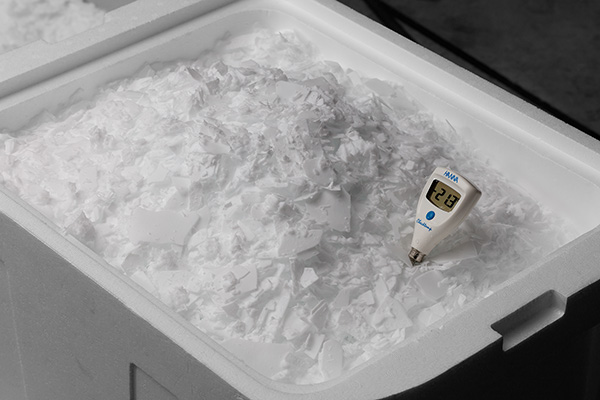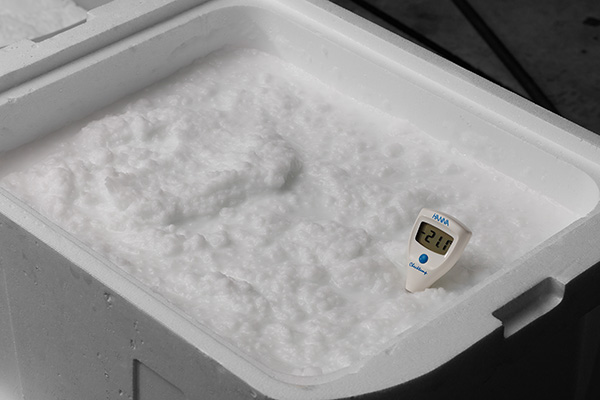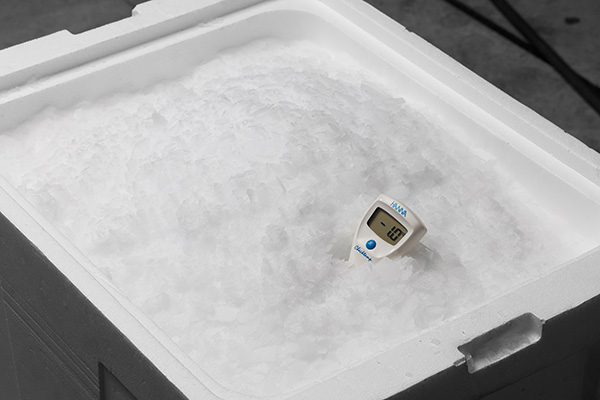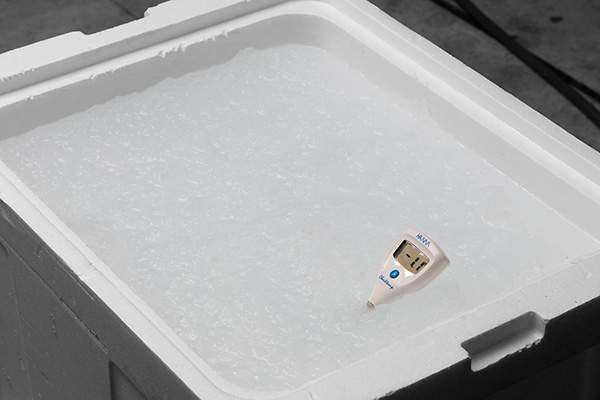PRODUCTS & TECHNOLOGY

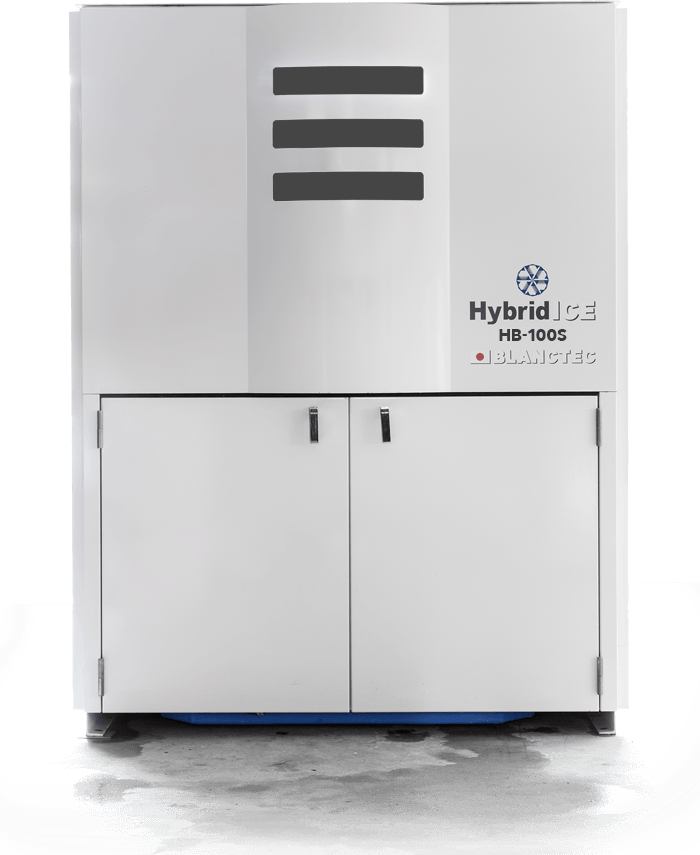
A Broad Range of Temperatures, Salinities,
and Shapes Are Possible
with "HybridICE"
With the new technology "HybridICE" for snap freezing high salinity (23.5%) salt water, it is now possible to make snow-like ice at -21.3℃ at low cost, which was previously not readily available for commercial use.
- HB-100 Series
- HB-300 Series
- Model
- HB-100F
- HB-100S
- Salinity for Use
- 1%
- 1% ~ 23.5%
- Production Rate
- 1.0ton/24hr (*)
- 1.0ton/24hr (*)
- Rated Freezer Power
- 1.5kw
- 7.4kw
- Pump, etc.
- 0.8kw
- 0.8kw
- Dimensions
- W 1,580 /mm
L 2,278 /mm
H 2,120 /mm - W 1,580 /mm
L 2,278 /mm
H 2,120 /mm
- Model
- HB-300F
- HB-300S
- Salinity for Use
- 1%
- 1% ~ 23.5%
- Production Rate
- 3.0ton/24hr (*)
- 3.0ton/24hr (*)
- Rated Freezer Power
- 4.5kw
- 7.4kw x 2kw
- Pump, etc.
- 0.8kw
- 0.8kw
- Dimensions
- W 2,280 /mm
L 3,648 /mm
H 2,600 /mm - W 2,280 /mm
L 4,250 /mm
H 2,600 /mm
(*) Production rate of HybridICE is measured while operating at 60 Hz and an ambient temperature of 30℃.
(This specification may change without prior notice.)
(This specification may change without prior notice.)
TECHNOLOGY
23.5% HYBRID ICE
Next Generation Ice-making Technology
for Snap Freezing High Salinity Salt Water
for Snap Freezing High Salinity Salt Water
With this revolutionary icemaker, it is now possible to snap freeze high salinity salt water, which was said to be antifreeze.
By adjusting the salinity of raw water, ice at freezing to cooling temperature ranges can be made according to application.
By adjusting the salinity of raw water, ice at freezing to cooling temperature ranges can be made according to application.
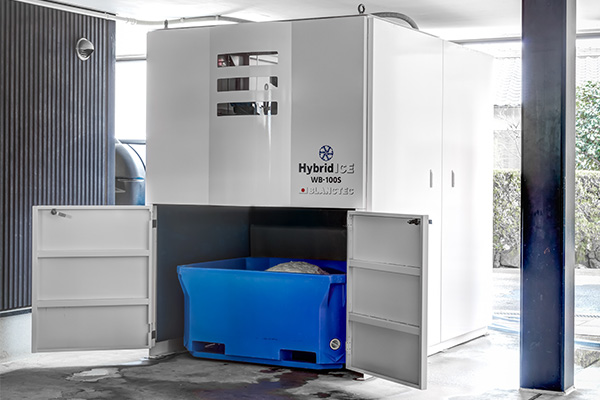
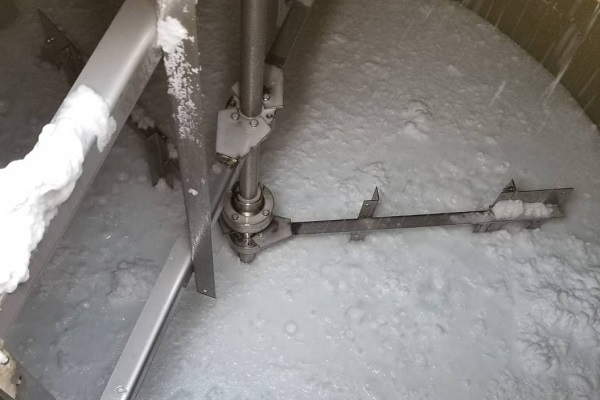
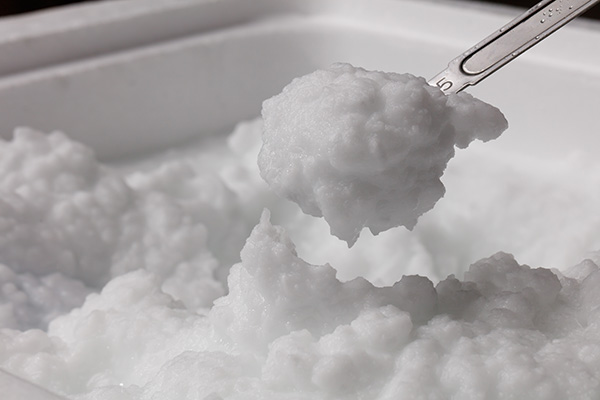
HybridICE
Products
Products
Please view this short movie demonstrating the incredible performance of a world's first innovative technology "HybridICE".
It will change your outlook on the transportation of perishables.
It will change your outlook on the transportation of perishables.
SNOW-LIKE TO SLURRY
From Dry Snow-like Ice to Slurry-like Ice,
Ice Conditions Can Be Freely Controlled
Ice Conditions Can Be Freely Controlled
One touch automatic ice making from dry snow-like ice to free-flowing slurry-like ice according to application.
Arbitrarily adjustable ice-water ratio enables rapid cooling of fish body and fine tuning of temperature and salinity according to fish type.
Arbitrarily adjustable ice-water ratio enables rapid cooling of fish body and fine tuning of temperature and salinity according to fish type.
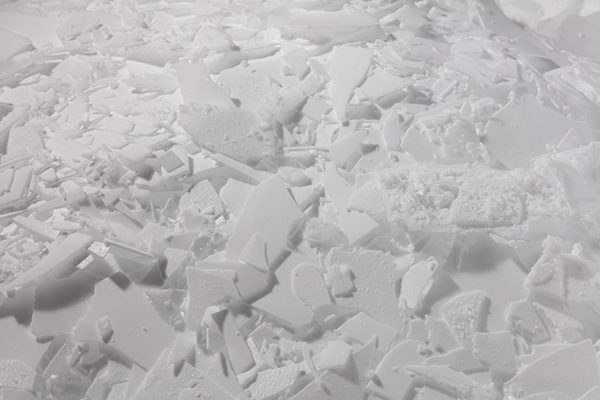
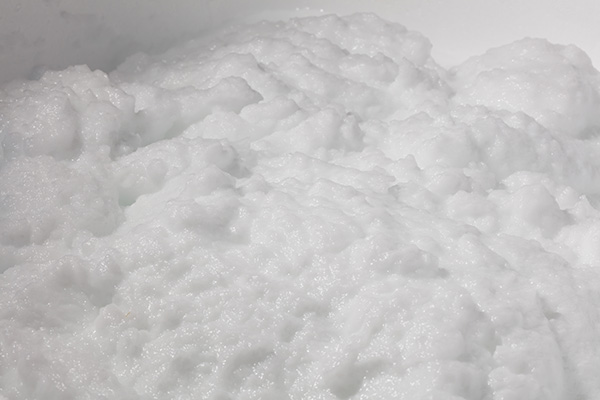
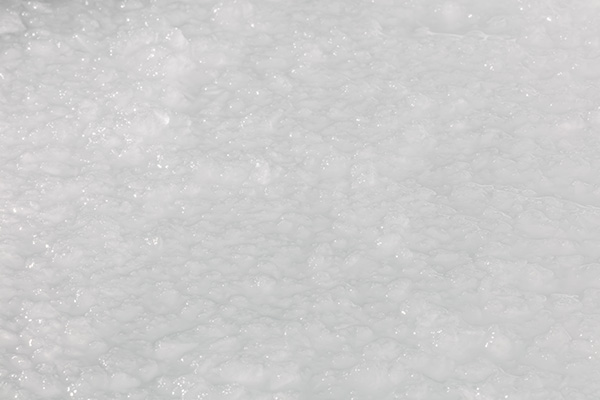

-21.3℃ SNAPFREEZE
Overwhelming High Speed Freezing
Can Provide High Quality Frozen Articles
Can Provide High Quality Frozen Articles
Simply soaking live fish into slurry-like ice at -21.3 ℃ instantly achieves a high level of IKEJIME (immediate kill).
Compared to conventional freezing technology, it is possible to take heat away from an object about 20 times faster.
Can provide high quality frozen articles with less drip after thawing.
Compared to conventional freezing technology, it is possible to take heat away from an object about 20 times faster.
Can provide high quality frozen articles with less drip after thawing.
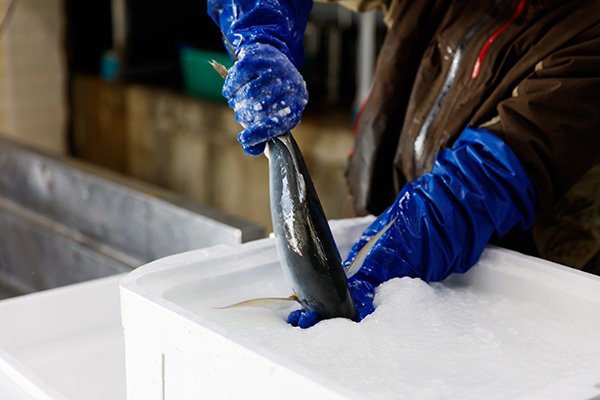
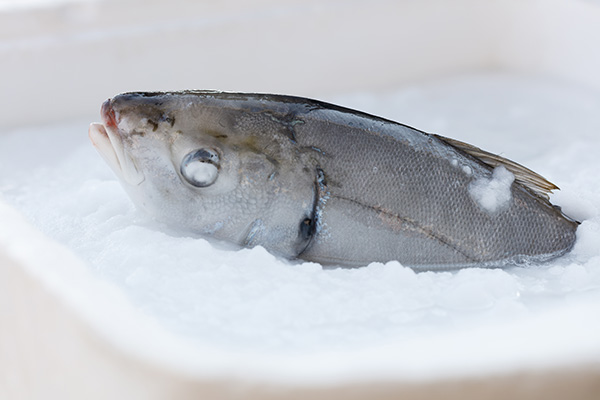
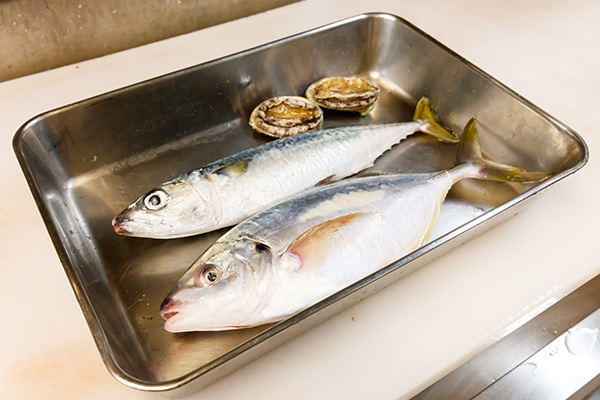
Demonstration of IKEJIME
Please view IKEJIME using HybridICE.
(Demonstrations were performed at fish harvesting locations.)
(Demonstrations were performed at fish harvesting locations.)
Snap Freezing Enables
Intracellular Freezing
Intracellular Freezing
By using HybridICE, every single cell can closely maintain its original form.
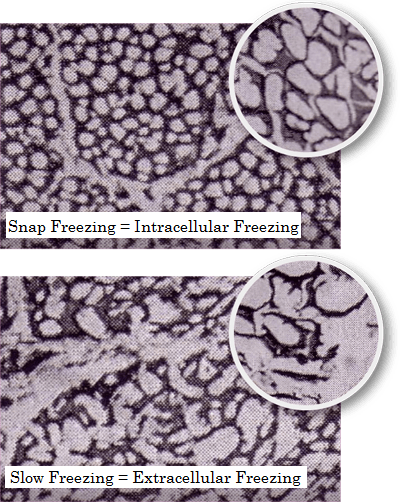
Comparison of Cooling Time of Fish Core Temperature
Shown is a comparison of time until the core temperature (food center temperature) reaches 0℃.
Freshness-keeping becomes possible about 76 minutes faster than using ordinary crushed ice.
Freshness-keeping becomes possible about 76 minutes faster than using ordinary crushed ice.
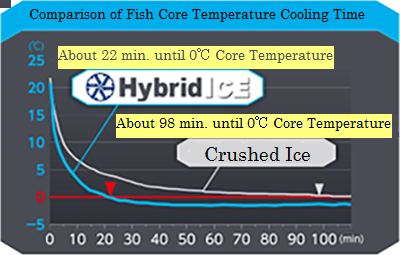
Easy to Thaw with Running Water
A particular kind of thawing seems to be required, but even thawing from -21.3 ℃ can be smoothly performed by simply running water as usual.
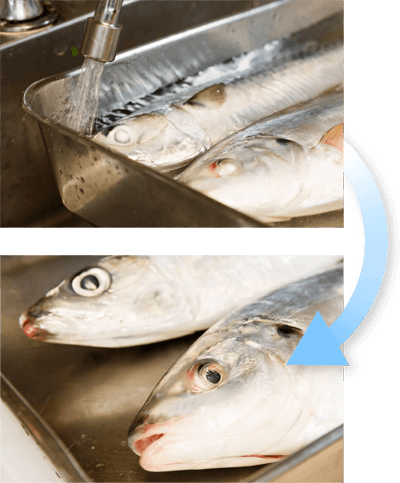
-1℃, 1% SNOW-LIKE ICE
Maintains Natural Freshness
over Longer Durations and Distances
over Longer Durations and Distances
By simply replacing conventional ice with a snow-like ice at -1℃ and about 1% salinity, duration of high freshness retention of fresh fish can be dramatically increased.
A temperature of -1℃ inhibits germ growth and enzyme degradation responsible for decay.
A salinity of about 1%, being close to body fluid, resulting in no difference in osmotic pressure, enables high freshness retention for a long period of time with little discoloration.
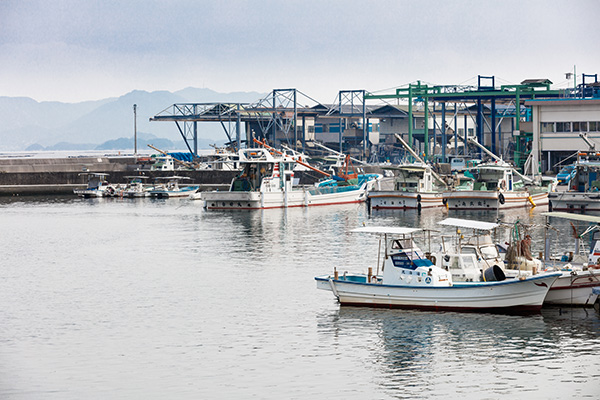
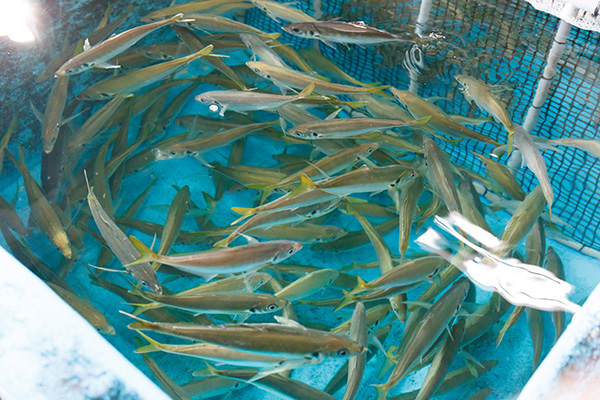
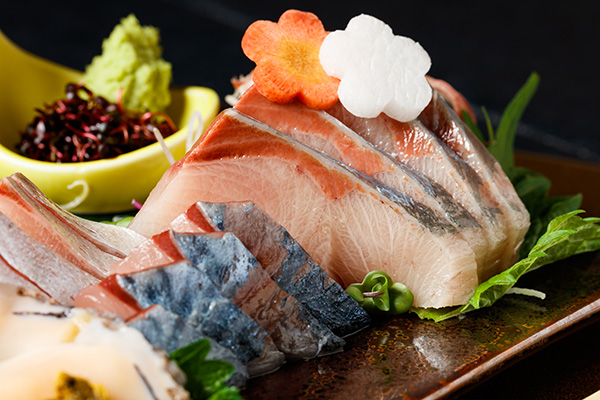
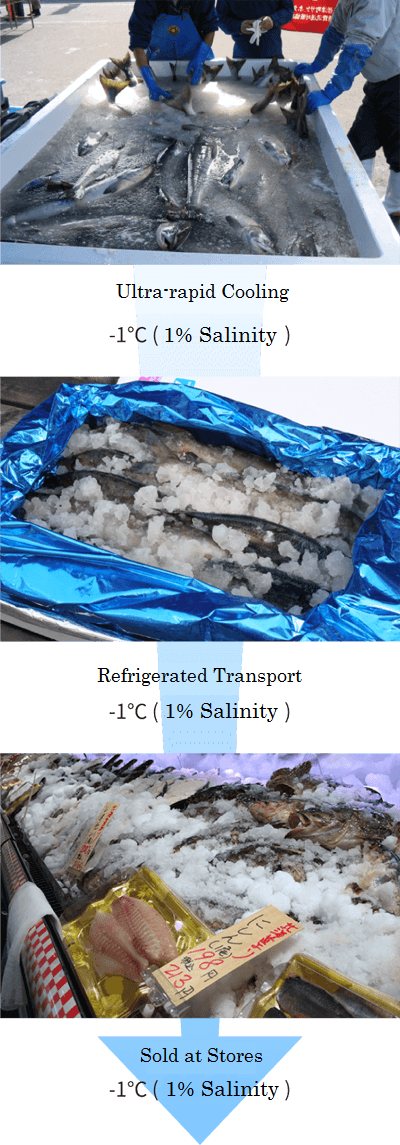
By inhibiting germ growth and enzyme degradation (K-value increase) after postmortem rigidity, long duration and distance refrigerated transport while maintaining a high level of fresh fish freshness becomes possible.

